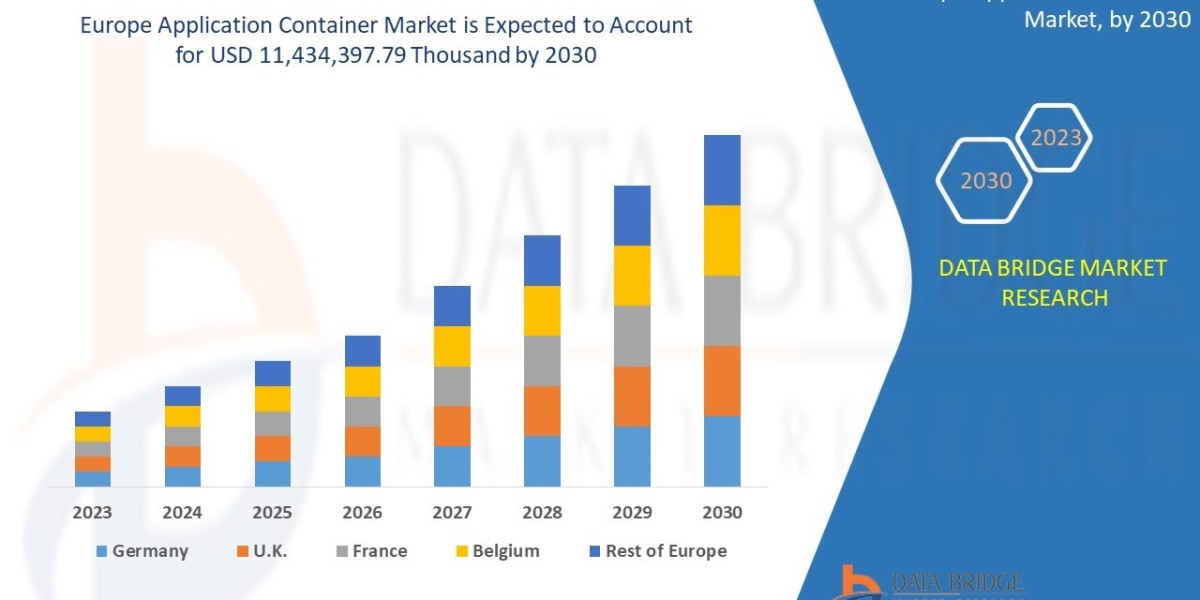The flip of a virtual coin? That's right! With the rise of technology, even something as simple as flipping a coin has been revolutionized. Gone are the days of physical coins being tossed in the air to make decisions. Now, we have digital tools that can simulate the experience for us. But what does this mean for decision-making? Let's explore how technology is changing the way we make choices and the impact it's having on our lives.
Chapter 1: The Rise of Digital Decision-Making Tools
Imagine you're a manager at a company, trying to decide which candidate to hire for an open position. You've narrowed it down to two qualified candidates, but you just can't seem to make up your mind. What do you do? In the past, you might have flipped a coin or trusted your gut instinct. But today, there are better ways to make this decision.
Enter digital decision-making tools. These tools use algorithms and data analysis to help you make informed decisions based on facts rather than emotions. For example, you could use a digital tool to compare the candidates' qualifications side by side, look at their work history, and even analyze their personalities to see who would be the best fit for the team.
Chapter 2: The Benefits of Digital Decision-Making
So, why should you consider using digital decision-making tools? Here are some benefits:
- Objectivity: Algorithms eliminate personal biases and emotions from the decision-making process, ensuring fairness and objectivity.
- Efficiency: Digital tools streamline the decision-making process, saving time and reducing the effort required to gather information and evaluate options.
- Accuracy: By analyzing large amounts of data, digital tools can identify patterns and trends that humans may miss, leading to more accurate predictions and better decision-making.
- Consistency: Digital tools ensure consistency in decision-making, reducing variability and subjective interpretations.
- Transparency: The algorithmic nature of digital tools provides transparency into the decision-making process, allowing you to understand how and why a particular choice was made.
Chapter 3: The Limitations of Digital Decision-Making
While digital decision-making tools offer many advantages, they also have limitations. Here are some potential drawbacks to consider:
- Data quality: Garbage in, garbage out. If the data used to train the algorithm is poor quality, the output will suffer. Ensure that your data is reliable, relevant, and representative.
- Algorithmic bias: Even with good data, algorithms can still perpetuate existing biases if they're not designed with diversity and inclusivity in mind. Be aware of these risks and take steps to mitigate them.
- Over-reliance: Don't rely solely on digital tools for important decisions. Use them as aids, but maintain human oversight and input to avoid missing critical contextual factors.
- Lack of creativity: Digital tools excel at processing data, but they don't possess human intuition or creativity. Sometimes, relying too heavily on technology can stifle innovative thinking.
- Ethical concerns: Consider the ethical implications of using digital decision-making tools, such as privacy issues related to data collection and potential discrimination resulting from biased algorithms.
Chapter 4: Balancing Human Judgment and Digital Insights
To get the most out of digital decision-making tools, it's essential to strike a balance between human judgment and technological insights. Here's how:
- Complementary roles: View digital tools as partners that augment human decision-making, rather than replacements for human judgment.
- Human oversight: Regularly review algorithmic outputs to detect any errors, biases, or inconsistencies, and adjust accordingly.
- Contextual understanding: Supplement digital insights with human expertise and domain knowledge to ensure that nuances and external factors are considered.
- Continuous improvement: Iteratively refine your digital tools and processes as new data becomes available, and incorporate feedback from users.








